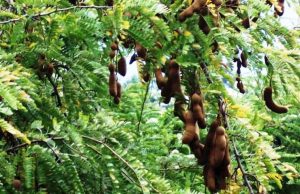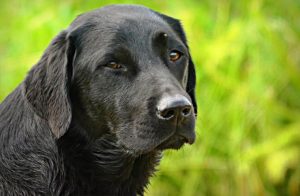Though known for centuries as the Dinka, they actually call themselves Moinjaang, ‘People of the People’. The Dinka are around 3.2 million people, constituting about 25% of the population of South Sudan, and they are also the largest ethnic group in the country. We look at some cultural aspect of this ethnic group.
According to the Dinka, culture is the most important thing in life for keeping the new generations moving smoothly in the same direction. The Dinka believe that their culture keeps them together as a family. Birth, marriage, and death are all marked by standardized customs involving public ceremonies. These are typically accompanied by animal sacrifices. In the passage to adult status, young men, rather more than young women, are publicly recognised. Adult males decorate the initiates’ heads with a series of deep gashes that form permanent scars. Marriage is exogamic to any individuals with whom a blood relationship can be established on both male and female lines going back several generations.
Traditionally, marriage is everyone’s goal and having a family is regarded as the fulfilment of life. Dinka marriages are quite stable. Only a woman’s failure to conceive may lead to a termination of the union. Tending herds of cattle and growing millet form the basis of Dinka livelihood and economy. Labour is clearly divided along gender lines, with men in their twenties and thirties devoting their time to cattle-herding. Women are responsible for growing crops, although men clear new fields for planting. Women also cook and draw water.
Dinka men engage in mock sparring, using spears or sticks and shields, in order to develop their fighting skills There is little time for recreation during the dry season, when much of the Dinka disperse to follow the herds. Song and dance accompany social events such as marriages, which take place during the rainy season.
A ‘bride wealth’ is paid by the groom’s family to finalise the marriage alliance between the two clans. Levirate marriage provides support for widows and their children. All children of co-wives are raised together and have a wide family identity. Co-wives cook for all children, though each wife has a responsibility for her own children. Polygamy is the ideal for the Dinka, though many men have only one wife. In polygamous marriages, wives cooperate in performing household duties, although each rears her own children. Girls learn to cook, while boys do not. Cooking is done outdoors in pots over a stone hearth.
Men depend upon women for several aspects of their lives, but likewise the division of labour assigns certain functions to men, such as fishing and herding and the periodic hunting. After initiation to adulthood, the social spheres of genders overlap very little. The basic food is a heavy millet porridge, eaten with milk or with a vegetable and spiced sauce. Milk itself, in various forms, is also a primary food.
Before the arrival of the British, the Dinka did not live in villages, but travelled in family groups living in temporary camps with their cattle. The camps might be in clusters of one or two all the way up to 100 families. Small towns grew up around British administrative centres. A leader chosen by the group leads each village of one or more extended families.
Homesteads were located in places allowing year-round access to grass and water. Permanent villages are now built on higher ground above the flood plain of the Nile but with good water for irrigation. Women and older men take care of the crops on this high ground while younger men move with the cattle with the rise and fall of the river.
The Dinka are patrilineal. The term dhieth, in its most general sense, refers to all kinds of relationships that can be established through blood lines. People establish blood relations by reference to clan names. Those who belong to the same clan are considered relatives no matter how distant from each other.
A young man’s passage from boyhood to adulthood is called a parapuol – ‘one who has stopped milking’. Initiation means he no longer does the boy’s work of milking, tethering the cattle, and carting dung. Initiation is marked by mutilation – tribal marks of several parallel lines or V-shaped marks – are scarified onto the youth’s forehead. The pattern of scars may change over time but the parapuol is always easily recognisable as belonging to a particular tribe. This scarification takes place at any age from ten to sixteen. Initiates are warriors, guardians of the camp against predators – lions, hyenas – and against enemy raiders. Some stay with the cattle all year round. All of them stay with the cattle during the dry months but most return to the villages to help cultivate crops during the wet season. Even in this duty, the parapuol have the role of warrior protectors.
Song and dance play an important role in Dinka culture. A set of drums is found in every Dinka settlement. Artistic expression is associated with cattle, which they often imitate in songs and dances. There are also battle songs, songs of initiation, and songs celebrating the tribe’s ancestors.
There are certain types of songs for different types of activities of life, like festive occasions, field work, and preparation for war and initiation ceremonies. History and social identity are taught and preserved through songs. They sing praise songs to their ancestors and the living. Songs are even used ritually in competition to resolve a quarrel.






